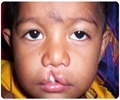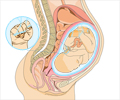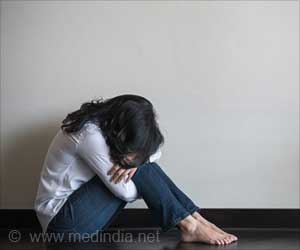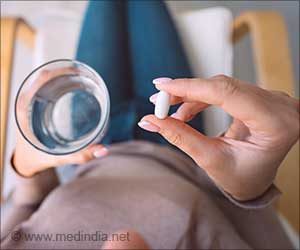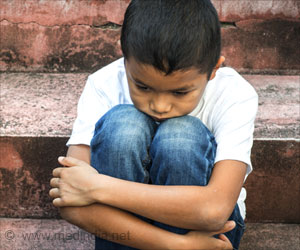Multiple surgeries for cleft lip and palate (CLP) between ages of 8-10 years increase risk for anxiety and depressive symptoms like anger, during teenage years. Surgeries are inevitable for adequate psychosocial functioning.
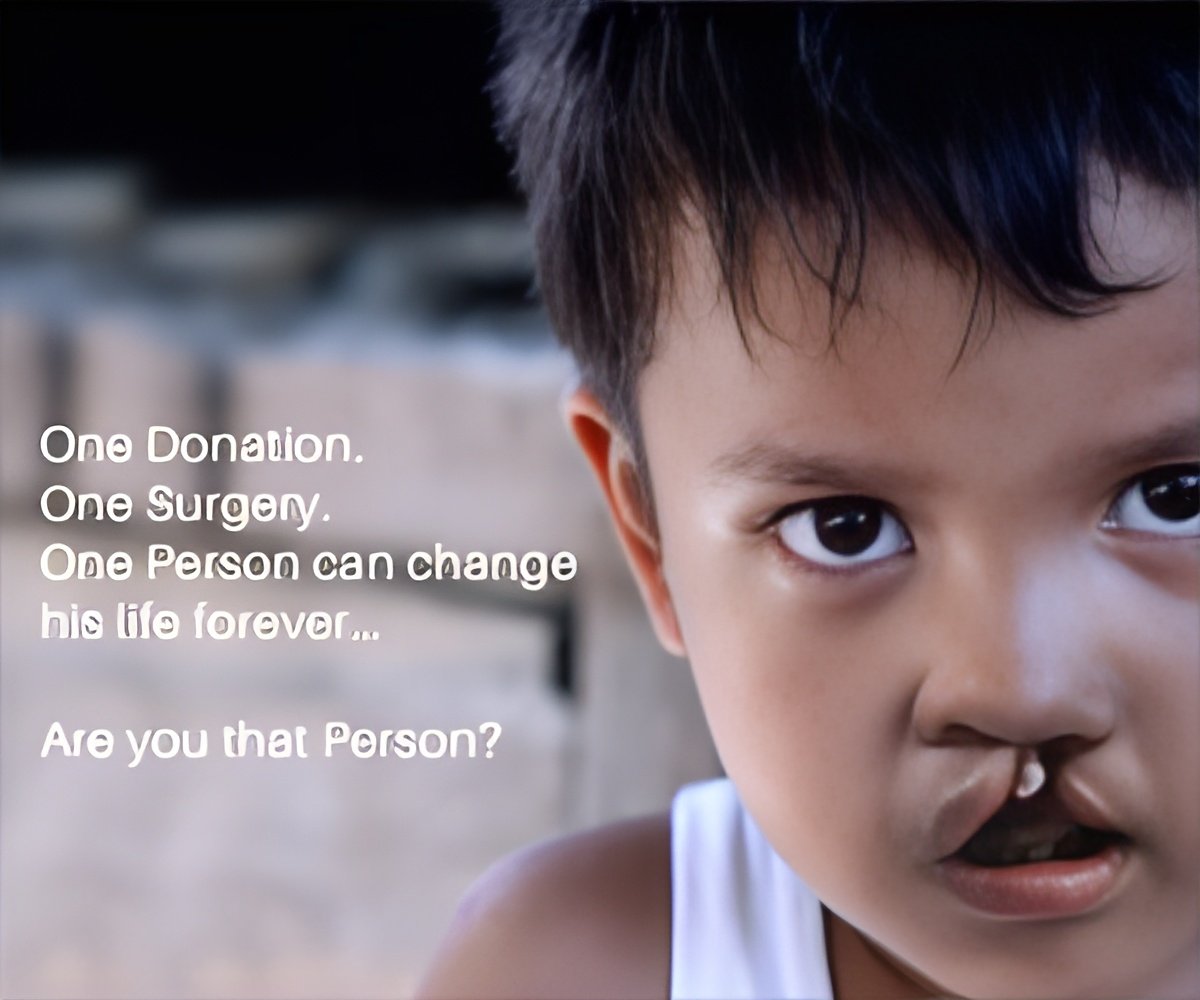
‘The negative impact of multiple cleft lip and palate (CLP) surgeries on teenage psychological behavior insists the need for developing strategies by modifying timing and consolidating procedures.’
Read More..




ASPS member surgeon Justine C. Lee, MD, PhD, of UCLA is senior author of the new study. She comments, "In conjunction with our previous work that identified the 8-to-10 age range as a critical at-risk time period for poor psychosocial functioning, we now find that teenagers who had more surgeries during that age range report worse long-term psychosocial functioning."Read More..
The researchers identified a group of 55 teens who had undergone surgery for CLP. Like many children with CLP, they underwent multiple reconstructive surgeries to address their appearance, feeding, hearing, speech, and other functions.
The patients with CLP, along with a comparison group of 14 adolescents without CLP, completed standard assessments of anger, anxiety, and depressive symptoms. Relationships between these psychosocial outcomes and the number of surgeries was assessed. From age 0 to 14, the patients with CLP had an average of six procedures per patient.
Overall, there was no significant difference in psychosocial outcomes for teens with and without CLP. For all three psychosocial outcomes assessed - anger, anxiety, and depression - there was no significant association with total number of surgeries.
The study also looked at the impact of the number of surgeries by age group. More than half of all surgeries were done from birth to age 7 - most commonly procedures to close the cleft lip and/or palate. In older age groups, the most common surgeries were bone grafts to augment the bone under the gums (alveolar bone grafts), which must be done before the permanent teeth start to come in.
Advertisement
Children with CLP undergo multiple procedures, surgical and otherwise, from infancy into adolescence. Addressing mental health is an important goal of modern, multidisciplinary CLP care. But in contrast to functional outcomes like feeding and speech, few studies have monitored the long-term psychosocial outcomes of treatment for CLP.
Advertisement
The findings add to a previous study by Dr. Lee’s group, also published in Plastic and Reconstructive Surgery®, which found that the 8- to 10-year age range is an "at-risk period for psychosocial distress in children with craniofacial anomalies," including CLP. Dr. Lee and colleagues conclude, "The significant association between multiple surgeries and psychosocial functioning suggests a need to develop strategies for modifying timing or consolidating procedures during that age range."
Source-Eurekalert


